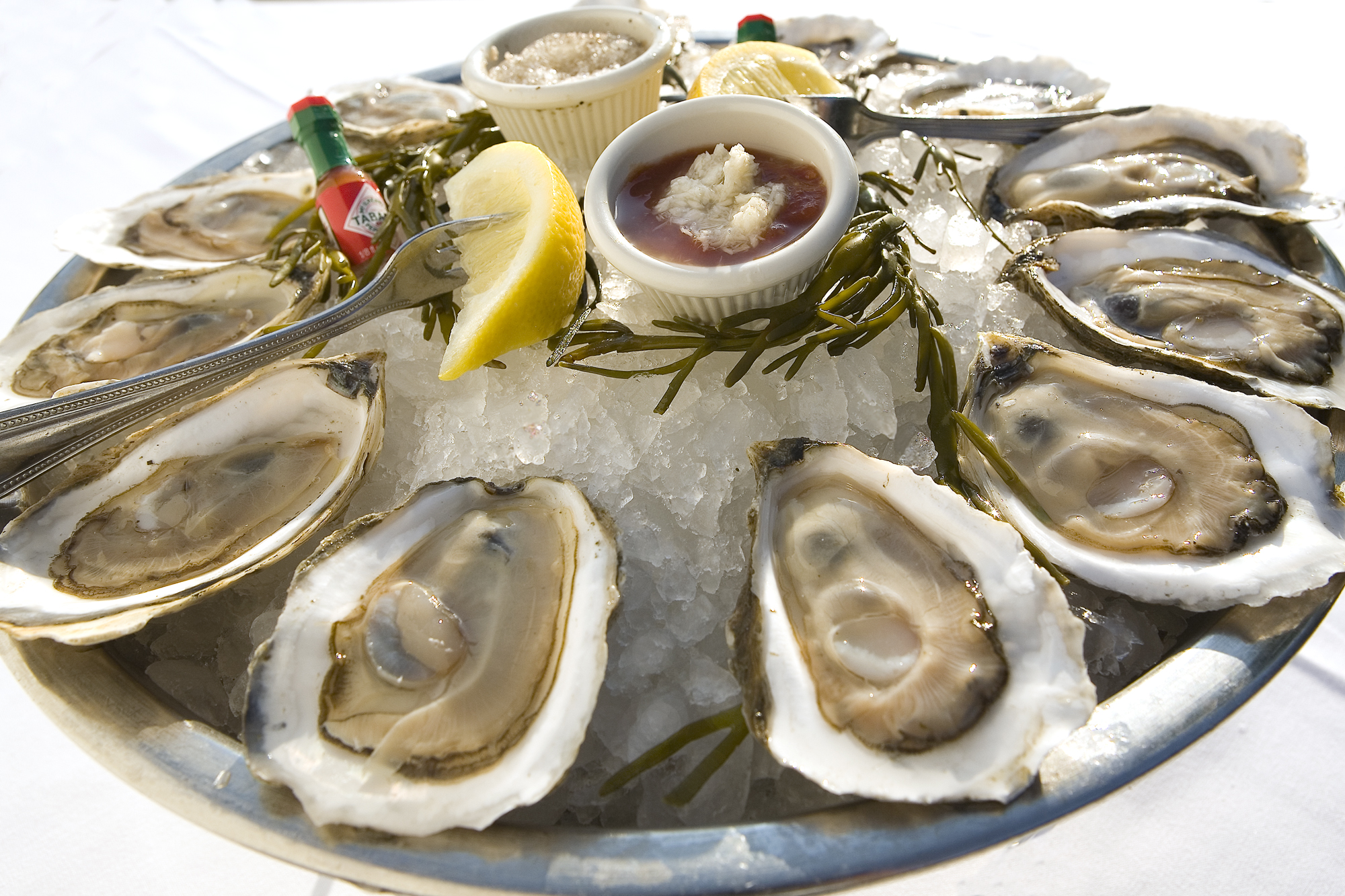Hello ladies and gents this is the Viking telling you that today we are talking about
10 Oyster Facts You Didn’t Know
Get ready to be a connoisseur, because after you read these oyster facts, you’ll be able to impress your savviest friends and family with your oyster information. You might even change the way you eat oysters and enjoy flavors you never knew were there.
Oysters change their gender.
One of the most interesting oyster facts is that oysters change their sex during their lives, starting as males and usually ending as females. The shape of oysters varies and depends mainly on how many crowd about them in the bed as they develop. – See more at: http://www.originaloysterhouse.com/links-of-interest
An oyster can filter 1.3 gallons of water per hour.
Oysters filter water in through their gills and consume food, like plankton, in the process. Oysters can maintain the balance of a marine ecosystem by reducing excess algae and sediment that can lead to hypoxia, or low oxygen levels, causing other marine life to die. The oyster population of Chesapeake Bay used to filter the entire water volume of the bay in just three days.
Oysters are shaped by their beds.
Once an oyster attaches to a bed (a surface occupied by a group of oysters), it grows and forms around the surface it attaches to as well as the other oysters around it.
Pearls don’t only come from oysters.
All oysters are capable of producing pearls, but not the shiny, pretty pearls of value. In fact, most pearls are harvested from an inedible type of oyster as well as from freshwater mussels.
Humans have been eating and cultivating oysters for thousands of years.Oysters have been eaten by humans since prehistoric times and cultivated at least since the times of the Roman Empire. The Roman Sergius Orata was the first person known to cultivate oysters by building a system that could control water levels.
Most American oysters are of the same species.
Get your oyster facts straight — oysters harvested from the Gulf of Mexico, Chesapeake Bay and off the coast of Virginia are all the same oyster, Crassotrea virginica. This oyster species is native to the Gulf Coast and the East Coast. However, this does NOT mean they all taste the same.
Gulf oysters used to have different names.
Other than Gulf oysters, you may have tried Blue Points or Quonset Points. These are all the same species of oyster, but they are named after the specific locations where they are harvested. Once upon a time, Gulf oysters were also named after specific bays, but distributors started to group them all into the same category. This may change again in the future.
Oysters get their flavors from their environments.
Although most American oysters are the same species, they have different flavors. Because oysters filter so much water, they develop a flavor profile from their environment. Different bodies of water have varying levels of salt and different kinds of nutrients.
Like wines, Oysters have a variety of flavor profiles
The flavor of oysters can be categorized mainly by the following flavor characteristics: briny, buttery, sweet, metallic and mild. Experts can break down these flavors even further, picking out flavors like melon, cucumber, mushroom and more. Keep this tidbit of oyster information in mind next time you try an oyster on the half shell.
Oysters are rich in vitamins and nutrients
Oysters contain a variety of vitamins and nutrients including zinc, calcium, magnesium, protein, selenium, and vitamin A. They also contain especially high levels of vitamin B12, iron and monounsaturated fat – the “healthy” kind of fat that you also find in olive oil
and as always have a chilled day from the Viking

Comments
Post a Comment